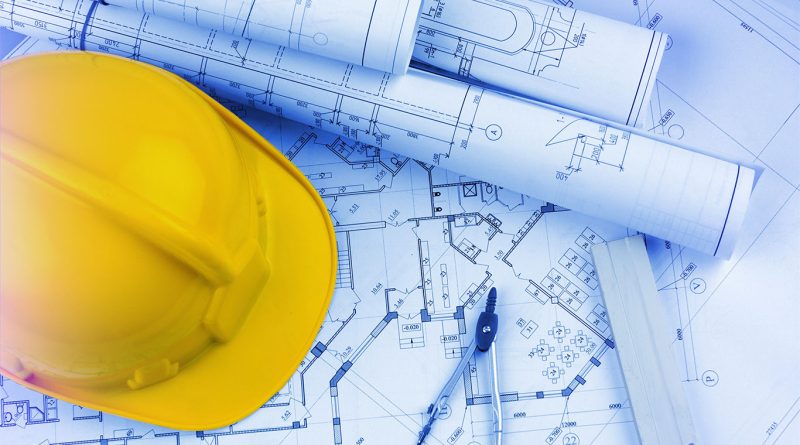US Construction Planning Drops in March Amid Uncertainty
Subscribe to our free newsletter today to keep up to date with the latest construction news.
In March 2025, the US construction industry hit a speed bump. After months of consistent expansion, the Dodge Momentum Index (DMI) recorded a 6.9% drop, falling to 205.6 from February’s revised figure of 220.9. The index, a leading indicator of nonresidential construction planning, signaled a shift in market sentiment shaped by external economic pressures, particularly around tariffs and fluctuating material costs.
This marks the first significant decline in the index in several months, suggesting broader caution among developers and planners. While not a collapse, the downturn reflects a recalibration of expectations amid ongoing instability in the construction supply chain and the global economic climate.
Commercial and institutional sectors lead the decline
The decline was driven by reduced activity in both commercial and institutional sectors. Commercial planning fell by 7.8 percent, reflecting a drop in warehouse developments, retail projects, and data centers. Institutional planning saw a 5.0 percent decline, affecting healthcare and education-related projects.
Although data centers have helped sustain commercial construction momentum over the past year, the sector showed signs of cooling in March. Without data center projects, the index would have increased by just 12 percent year over year, compared to the 30 percent growth currently recorded. This highlights how a single category has been propping up broader planning figures, raising concerns about the durability of growth across other segments.
Fluctuating material prices and renewed tariffs on imported steel and aluminum have made project budgeting and forecasting more difficult. For institutional projects in particular, tighter financial constraints and longer lead times amplify the risks.
Large projects offer cautious optimism
Despite the broader decline, March included several high-value projects that indicate continued investor confidence in key sectors. Notably, the $400 million Logistics Land Investments data center in Bessemer, Alabama, and a $500 million ambulatory care building at Scripps San Marcos Medical Center in California moved forward.
These developments helped offset some of the slowdown from smaller or delayed projects. They also reflect a pattern where essential infrastructure and healthcare investments continue despite broader market hesitation. Investors are concentrating on areas with sustained long-term demand, such as digital infrastructure and medical services.
This split in momentum, where large-scale builds continue while speculative or mid-tier developments pause, highlights the increasingly risk-aware posture across the industry.
Even with March’s decline, the DMI remains 30 percent higher than its level a year ago. This suggests that activity has slowed but not reversed. Broader trends still point to potential growth, supported by falling interest rates, ongoing federal infrastructure funding, and signs of recovery in residential construction.
However, the industry still faces structural challenges. Labor shortages continue to delay project timelines and increase costs. In parallel, uncertainty around trade policy, energy prices, and inflation continue to complicate decision-making for developers and lenders alike.
Sources:
